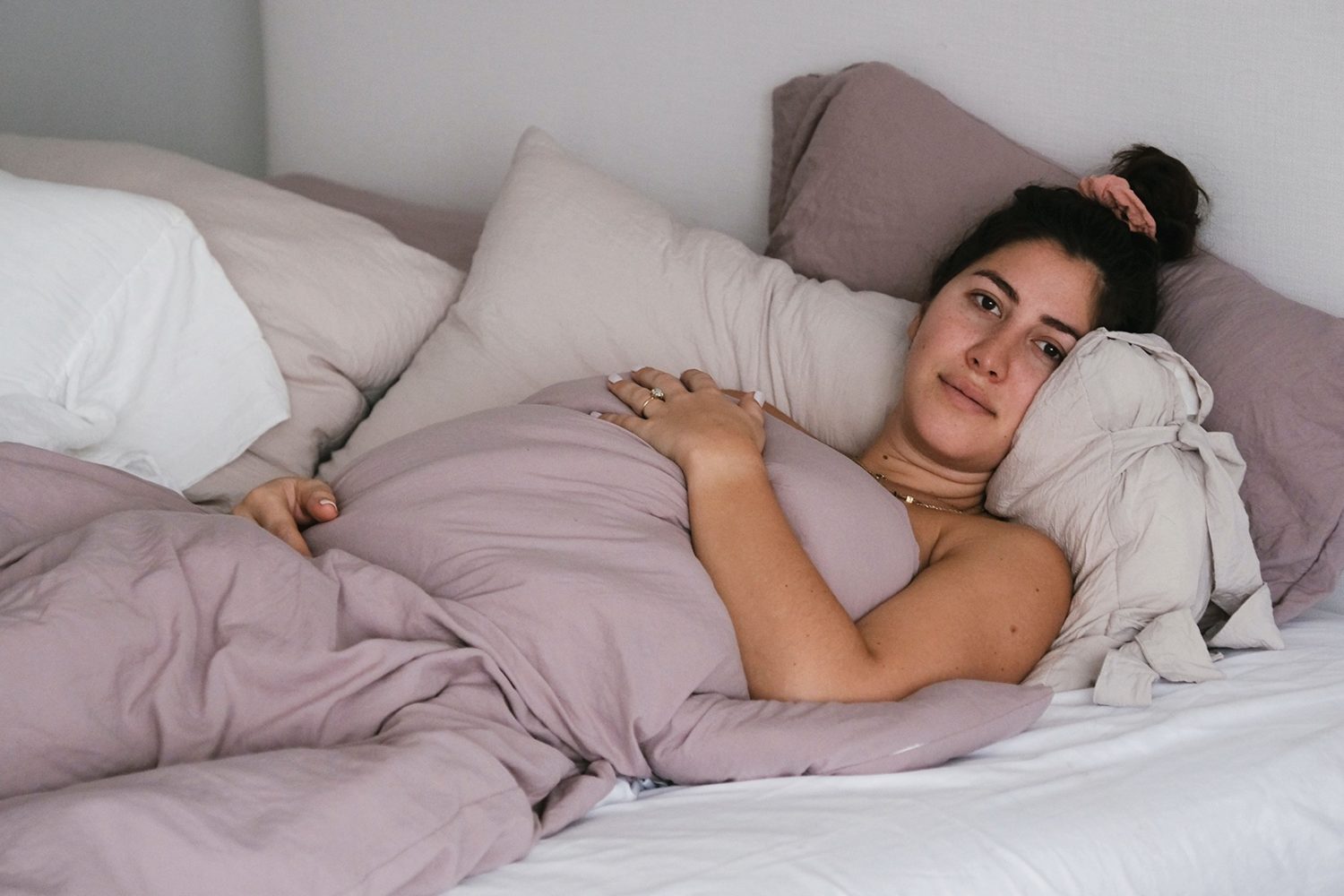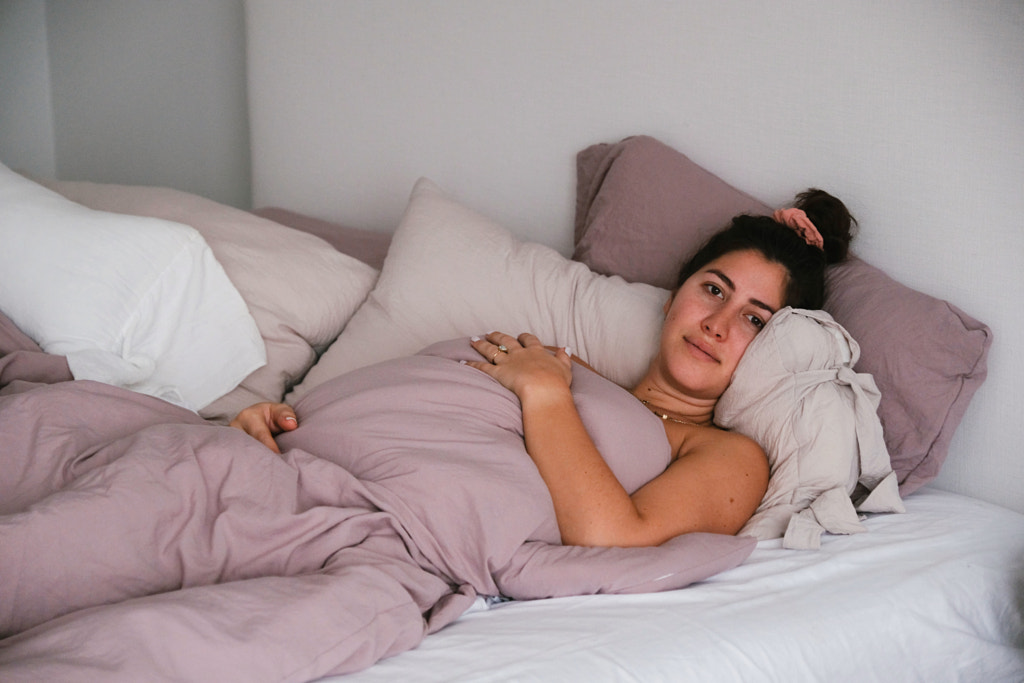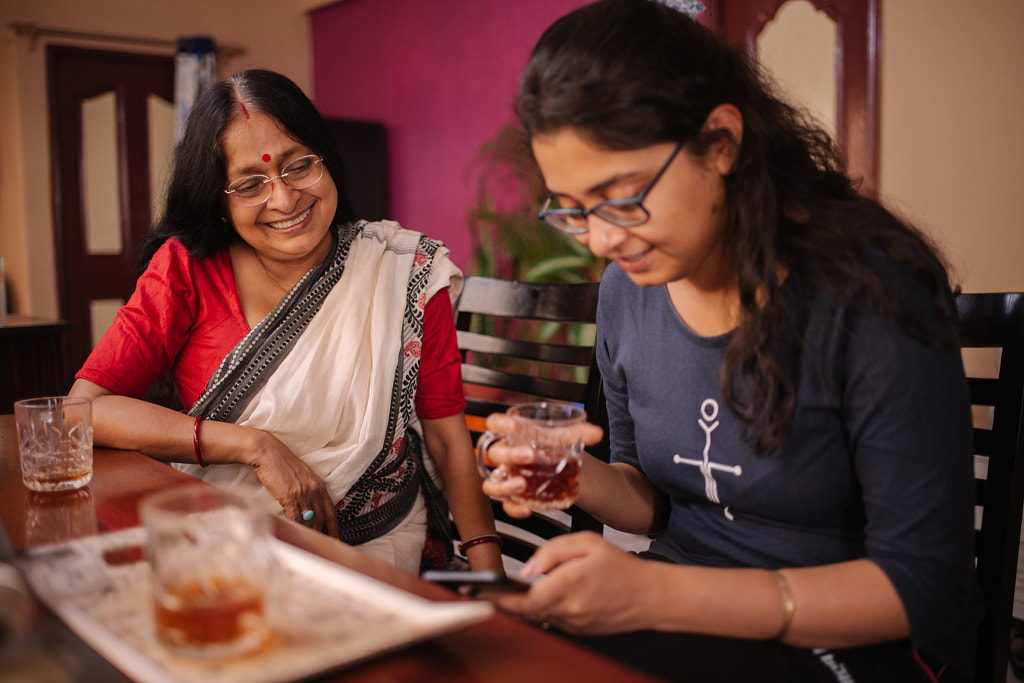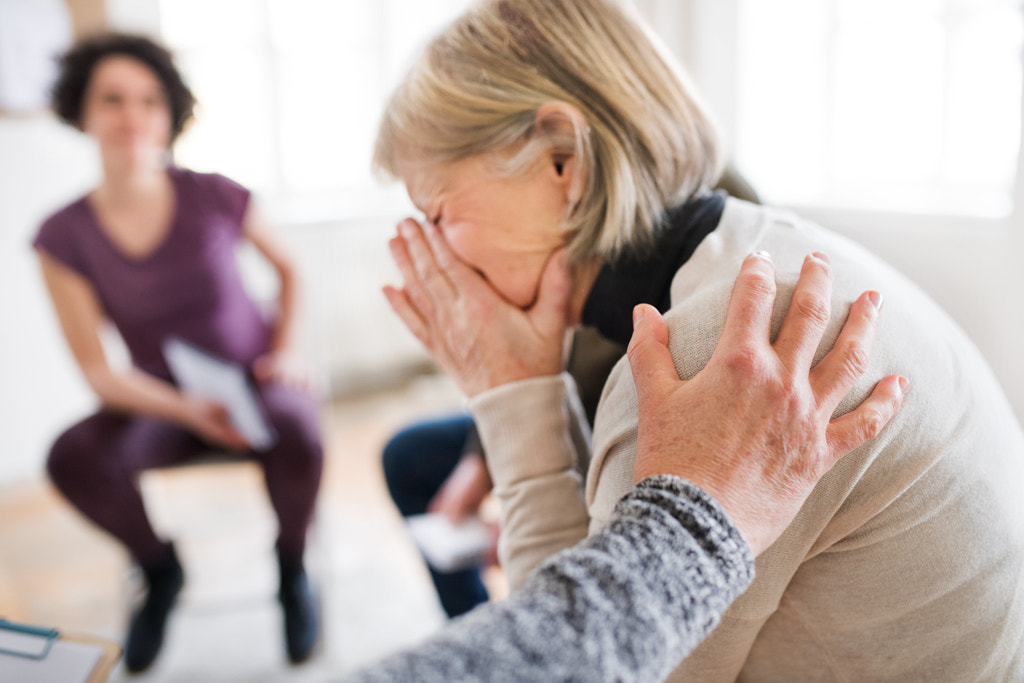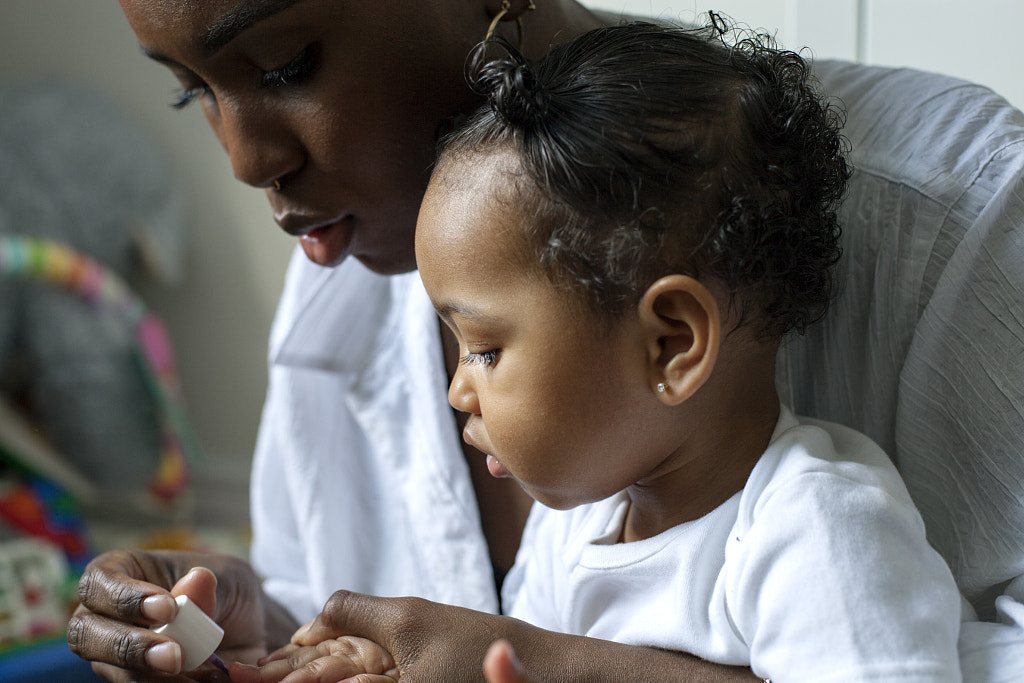Studies suggest that mass media is one of the public’s primary sources of information about several mental health disorders, but research also shows that many of the portrayals we see are negative and stereotypical.
These inaccurate depictions can have serious consequences. According to the World Health Organization, one in four of us will be affected by mental or neurological disorders at some point in our lifetimes, but two-thirds will not seek help from a health professional. One of the primary reasons people don’t seek treatment is the stigma, and negative media portrayals actively contribute to that stigma.
Although we still have a long way to go, the tides are finally changing when it comes to mental health coverage; in 2018, for instance, the mental health charity Mind reported that, for the first time, newspaper stories on mental health topics were more positive than stigmatizing.
Of course, commercial photography, like any kind of mass media, can either perpetuate this stigma or challenge it. In the last several years, brands around the world have stepped up to spread awareness about mental health; in Canada, for example, Bell Let’s Talk Day raised more than $7.2 million for mental health initiatives, while encouraging people to talk openly about the subject.
In 2019, TopShop teamed up with Campaign Against Living Miserably (CALM) to debut a new collection on World Mental Health Day. The same year, the skincare brand Philosophy released a video about mental health and donated a portion of their proceeds to mental health initiatives. Boohoo partnered with the World Federation For Mental Health to create a collection of graphic t-shirts, with 25% of the proceeds going to the cause.
Data from Getty Images reveals that 91% of consumers think it’s important to talk about mental health; when the COVID-19 pandemic set in, customer searches for mental health-related images grew. As people look to connect with brands that authentically engage with these topics, marketers are more mindful than ever about the images they use and promote. Here are our quick tips for creating positive mental health-themed images for your Licensing portfolio.
Avoid stereotypes
There’s a phrase in commercial photography for those generic, unrealistic depictions of someone experiencing depression: the “head-clutcher.” These images often perpetuate stereotypes and reduce people and their experiences to an oversimplified trope, and mental health charities have long spoken out about their harmful effects.
In reality, mental health and wellbeing look different for everyone, and it’s usually more subtle. People with depression don’t always look sad; it’s often invisible. Avoid thinking in extremes, and imagine ways to capture mental health within the context of everyday life. Writing down different ways you take care of your own mental health, whether it’s working with a therapist or making time for self-care, can serve as a point of departure for future shoots.
Work with real people
This one might go without saying, but lifestyle photos tell stories, so it’s important that those stories be accurate, truthful, and representative. Unfortunately, a survey from Marketing Week conducted a few years ago revealed that just 8% of consumers think that mental health issues are well-represented in British advertising.
One way to avoid outdated stereotypes is to work with real people and highlight ordinary, day-to-day scenarios. Ask friends and family about the coping skills they use to support their mental health, or take photos that illustrate your own life and coping strategies. Doing your research and listening to others is the first step toward capturing authentic, relatable images.
Human diversity should always be reflected in commercial photography relating to these themes. Research shows that characters with mental health issues in TV shows and movies are mostly straight, white, cis adult males, which ignores the reality that mental health issues affect all of us, regardless of background, ethnicity, gender, or age.
Highlight hope
Mental health issues can be debilitating, but there are reasons to be hopeful; for instance, as per the WHO, 80% of people with schizophrenia can be free of relapses after a year of treatment with antipsychotic drugs and family intervention, while 60% with depression can recover with the right combination of antidepressant drugs and psychotherapy.
Photos of people in acute distress—like the “head-clutcher”—aren’t just dehumanizing; they can be misleading and stigmatizing as well. According to the mental health campaign Time To Change, they can even be triggering.
Instead, seek moments of hope—this can be as simple as photographing someone confiding in a friend, seeking support from family, getting outside, gardening, making art, or practicing yoga. In fact, “yoga” remains the 36th most-searched-for term on Getty Images—out of one million. For more ideas, check out our article on visualizing mindfulness at home. These kinds of self-care activities often lend themselves to concepts of emotional health and wellness.
You can also visualize hope by showing people seeking treatment; a 2019 report from the USC Annenberg Inclusion Initiative revealed that only 5% of film and 9% of TV characters were shown in treatment. Therapy and treatment is a normal, healthy part of life for many of us, so don’t be afraid to illustrate that with images. On Getty Images, for instance, searches for “online therapy” recently increased by 1,130%.
Stay mindful of keywords
That same report from the USC Annenberg Inclusion Initiative revealed that 47% of film and 38% of TV characters shown with a mental health condition experienced disparagement. This disparagement included non-verbal rejection but also verbal remarks and stigmatizing words like “crazy” or “unstable.”
When adding metadata to your images, take care to avoid harmful, inaccurate terms and opt instead for factual, neutral words and phrases. When titling your images, use person-first language; for example, “a person with depression” rather than “depressed person.” Similarly, a person has OCD; they are not OCD.
You can then add conceptual keywords relating to emotions a person might be experiencing, like “optimistic”, “hopeful”, “resilient”, or “togetherness.” When in doubt, ask your models what keywords they might use to describe themselves. As you discuss and collaborate, their ideas might also help inspire the shoot itself.
Here’s the good news: Americans are becoming more open about mental health, and, according to a survey conducted by The Harris Poll on behalf of the American Psychological Association, most hold positive views about mental health disorders and treatment. Most survey respondents know someone with a mental health disorder, and 86% said they believe that people with mental health disorders can live normal lives. This changing attitude can and should be reflected in images.
Mental health can be difficult to visualize, but by jotting down keywords, doing your research, and finding inspiration in your everyday life, possibilities abound. Lifestyle images that show moments of connection, healing, and community can all tie back into this universal concept. Mental health means something different to each of us, so the more diverse and nuanced images you can provide, the stronger your portfolio will be.
Not on 500px yet? Sign up here to explore more impactful photography.
